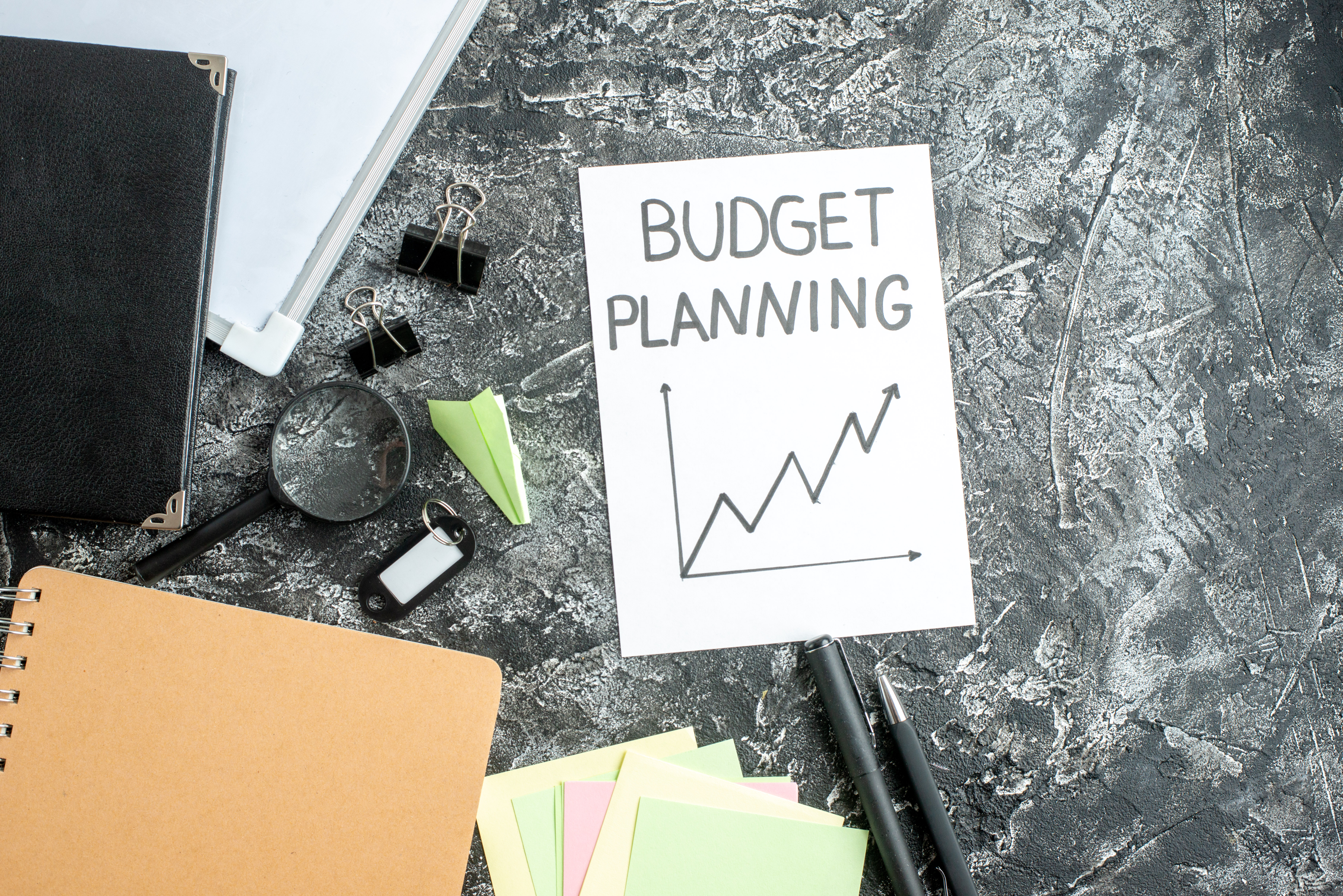This intuitive and straightforward guide can help you draw up a reasonable budget that you can stick to over time in order to meet your financial goals.
KEY TAKEAWAYS
- The 50/30/20 budget rule states that you should spend up to 50% of your after-tax income on needs and obligations that you must have or must do.
- The remaining half should be split between savings and debt repayment (20%) and everything else that you might want (30%).
- The rule is a template that is intended to help individuals manage their money, to balance paying for necessities with saving for emergencies and retirement.
- People who follow the 50/30/20 rule can simplify it by setting up automatic deposits, using automatic payments, and tracking changes in income.
50%: Needs
Needs are the bills that you absolutely must pay and the things necessary for survival. Half of your after-tax income should be all that you need to cover those needs and obligations. If you are spending more than that on your needs, you may have to either cut down on wants or try to downsize your lifestyle, Maybe carpooling or taking public transportation to work is a solution, or cooking at home more often. Examples of "needs" include but aren't limited to:
- Rent or mortgage payments
- Car payments
- Groceries
- Insurance and health care
- Minimum debt payments
- Utilities
30%: Wants
Wants are all the things you spend money on that are not absolutely essential. Anything in the "wants" bucket is optional if you boil it down. For example, you can work out at home instead of going to the gym, cook instead of eating out, or watch sports on TV instead of getting tickets to the game.
This category also includes those upgrade decisions you make, such as choosing a costlier steak instead of a less expensive hamburger. Basically, wants are all those little extras you spend money on that make life more enjoyable and entertaining. In general, examples of "wants" include but aren't limited to:
- New unnecessary clothes or accessories like handbags or jewellery
- Tickets to sporting events
- Vacations or other non-essential travel
- The latest electronic gadget (especially an upgrade over a fully functioning prior model)
20%: Savings
Finally, try to allocate 20% of your net income to savings and investments. You should have at least three months of emergency savings on hand in case an unforeseen event occurs. After that, focus on retirement and meeting more distant financial goals. Examples of savings could include:
- Creating an emergency fund
- Investing in the stock market
- Setting aside funds to buy physical property for long-term holding
- Making debt repayments beyond minimum payments
Benefits of the 50/30/20 Budget Rule
Potential benefits of these guidelines include:
- Ease of use: The 50/30/20 is a straightforward framework for budgeting, making it simple to understand and apply. You may distribute your income immediately without the need for intricate calculations. Even the least financially-savvy person can adhere to these rules.
- Better money management: By using a budget, you may manage your money in a balanced way. You can ensure that your necessary costs are covered, that you have money for discretionary spending, and that you're actively saving for the future. In this way, you can save for current as well as future needs, and still have a little fun with your finances.
- Prioritisation of vital expenses: You can make sure that you cover your fundamental needs without going over budget or taking on too much debt by giving these basics top priority. As these rules stipulate that half of your budget goes towards needs, this plan helps make sure your essentials are more likely to be met.
- Emphasis on savings goals: By allocating 20% of your income to savings, you can set up an emergency fund, prepare for retirement, pay off debt, invest, or pursue other financial goals. By consistently saving this amount, you establish sound financial practices and build a safety net for unforeseen costs or future goals.
- Long-term financial security: Using these rules, you prioritize your financial future by continuously setting aside 20% of your salary. This expenditure on savings can help you accumulate money, meet long-term financial objectives, and give yourself and your family a sense of security as you approach retirement in either the short-term or long-term timeframe.
The idea behind the 50/30/20 rule is that anyone can use these proportions, regardless of their income. However, if your income is low or you live in an area with a higher cost of living, you may need to adjust the percentages.
How to Adopt the 50/30/20 Budget Rule
No single way of tracking to a budget will work for everyone. However, here are some high-level tips on adopting a 50/30/20 budget that are relevant to all individuals.
Track Your Expenses
To better understand your spending habits, keep track of your expenses for a month or two. Analyse your spending to determine how well it adheres to the 50/30/20 breakdown by classifying it into needs, wants, and savings. This will set the groundwork for better understanding how far off from budget you will be at the outset. Also, the only way you'll know you're being successful at adhering to this budget is by tracking your actual spending. This can be done fairly easily using spreadsheet solutions such as Microsoft Excel, there are plenty of great free templates available online.
Understand Your Income
The basis of the 50/30/20 budget is rooted in understanding what your income is. By understanding what you earn and what actually hits your bank account each pay period, you'll be better positioned to establish the correct budget amounts for the three categories.
Identify Your Critical Costs
This includes expenses such as rent or mortgage payments, utilities, groceries, transportation expenses, insurance premiums, and debt repayments. These costs are non-negotiable, as they are the expenses necessary for your daily living. Because these expenses may take up the largest portion of your budget, it's important to be most mindful with this group. In addition, these expenses must be incurred, so you likely have the least amount of flexibility once you have committed to them.
Automate Your Savings
By automating the process, saving will be simpler. Set up monthly automated payments from your checking account to your investment or savings accounts. With a lighter burden of administratively managing your savings, you may find it easier to regularly review your budget to make sure it is in line with your lifestyle and financial objectives.
Maintain Consistency
Adopting the 50/30/20 budget guidelines successfully requires maintaining consistency. Over time, stick to your spending strategy and resist the desire to go over budget or depart from your percentage allocations. Like any other form of budget, this plan is often most successful when there are clear guidelines that can be leveraged every month. Be mindful to reset your spending limits each month, and strive to maintain consistency from one period to the next.





